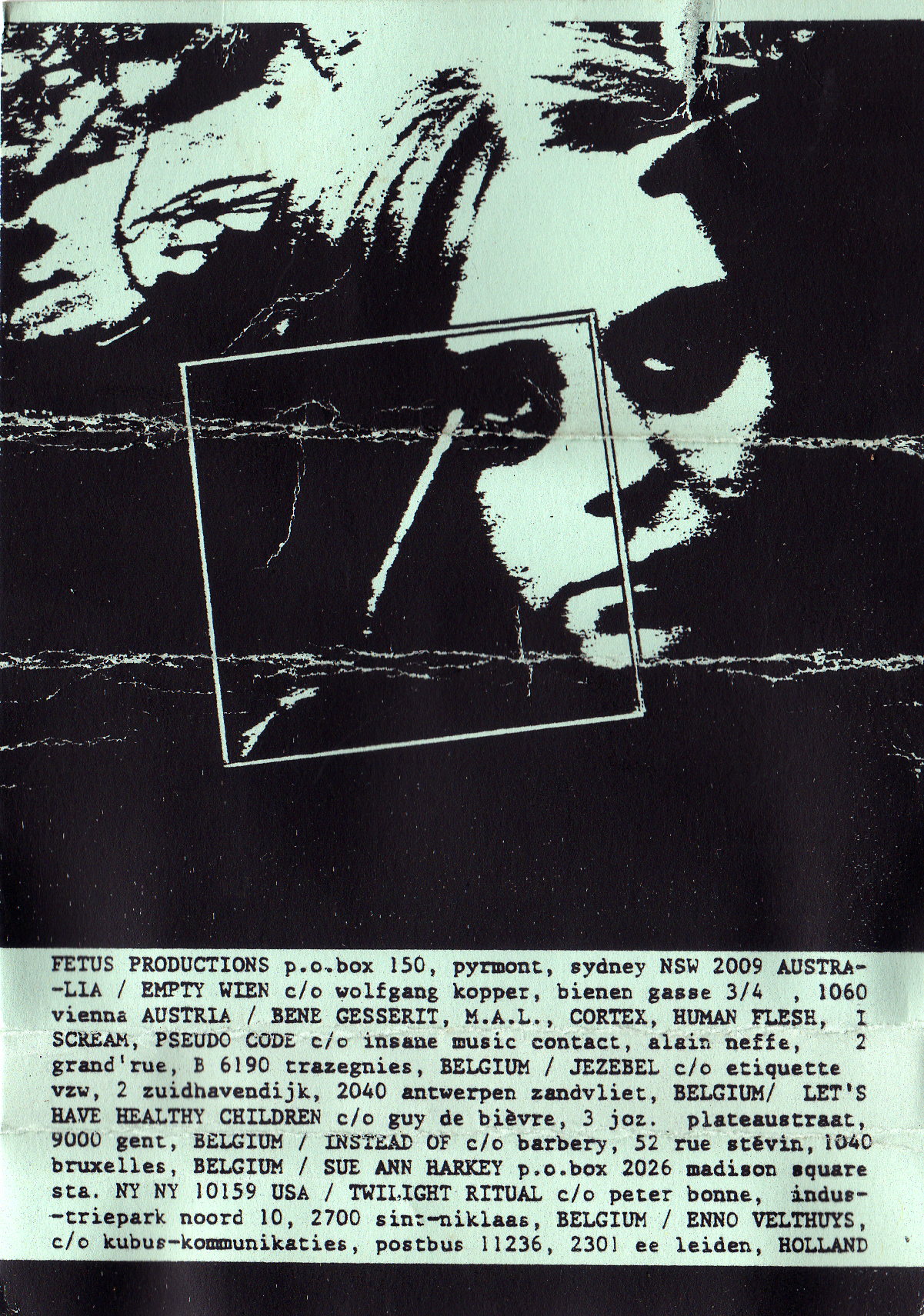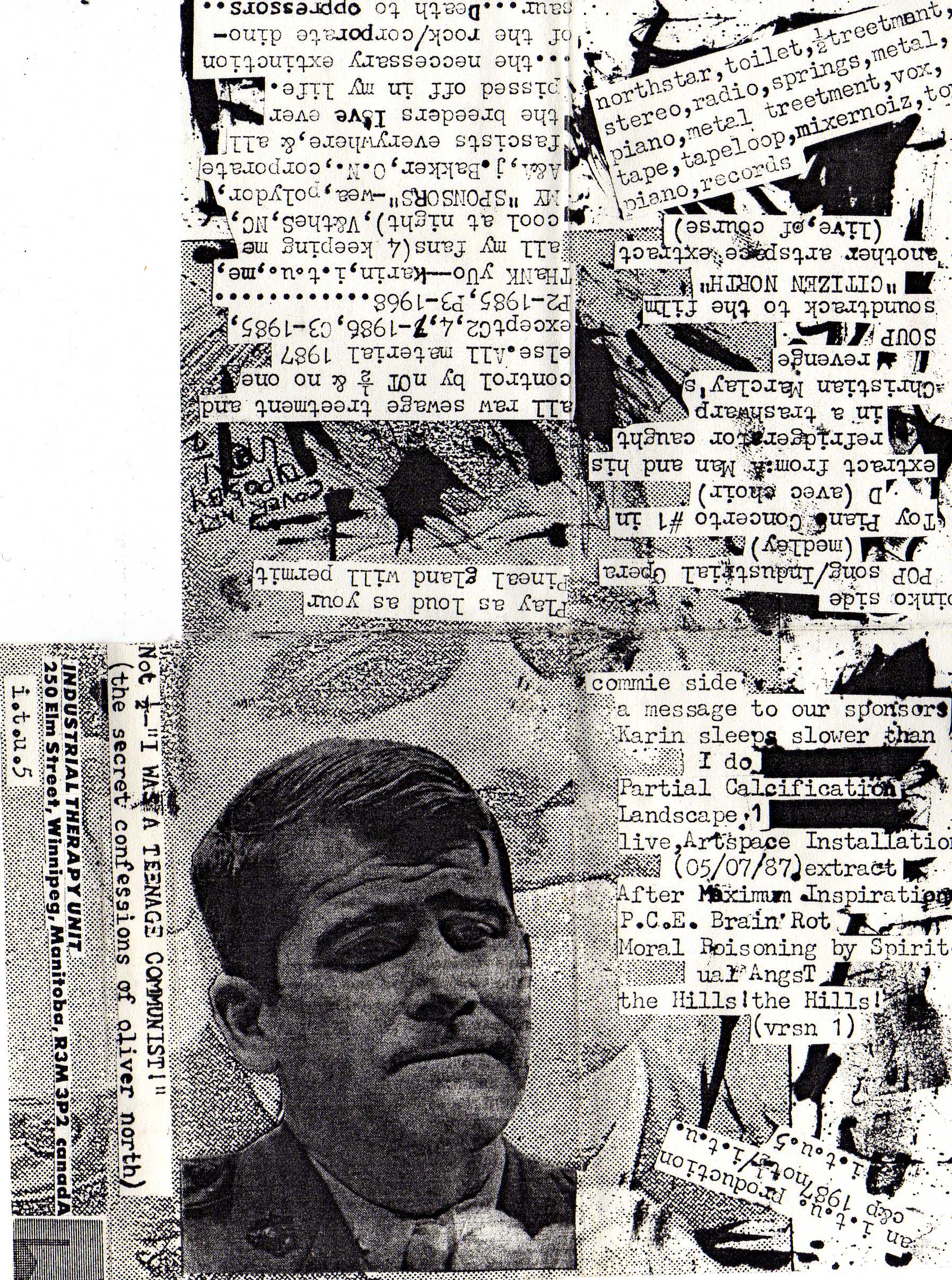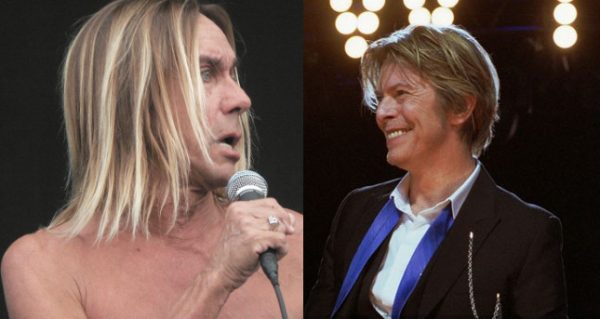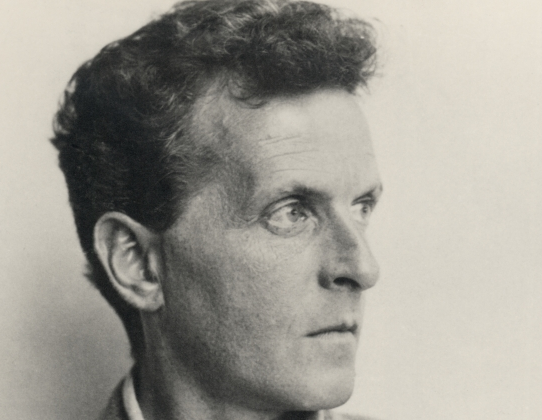For all its success with steamrolling over entire populations to build highways, factory towns, and office campuses, the U.S. has also, since its earliest days, produced scores of committed ethnologists, musicologists, and other documentarians of human cultural production in all its variety. This cruel paradox has, most generally speaking, left a dual legacy in both the country’s storied violence and its capacity for renewal through the appropriation, transformation, and amalgamation of other cultures.
And we would have no national treasure chest of folk music, art, story, and history to draw from without journeymen collectors like Alan Lomax. Where cultural historians like W.E.B. Dubois, Zora Neale Hurston, Franz Boas, and Margaret Mead lent their findings to revivals in American literature and philosophy, Lomax, along with his contemporary, folklorist Harry Smith, “unlocked the secrets of this kind of music,” as Dylan remarked, for hundreds of budding folk and blues musicians in the forties, fifties, and sixties.
With typically Dylan-like understatement, the phrase “this kind of music” undersells the diversity of Americana in Lomax’s collection, from Celtic Appalachiana to African Caribbeana. Lomax started out recording folk music under the tutelage of his folklorist father, John Lomax. Beginning in 1934, the two travelled the country, “gathering thousands of field recordings of folk musicians throughout the American South, Southwest, Midwest, and Northeast, as well as in Haiti and the Bahamas,” writes the Association for Cultural Equity, which hosts a huge archive of Lomax’s folk recordings. These were released in several popular anthologies of the time and housed at the Library of Congress’s Archive of American Folk Song, for whom the younger Lomax began working in 1937.
Throughout the 30s and 40s, Lomax furiously recorded songs, jokes, stories, interviews, etc. and produced films and radio programs “which brought 1940s New Yorkers blues, flamenco, calypso, and Southern ballad singing, all still relatively unknown genres.” A musician himself (hear him do “Rambling Gambler,” above), Lomax also discovered and promoted a number of folk artists who would be stars. He “exposed national audiences to regional American music and such homegrown talents as Woody Guthrie, Lead Belly, Aunt Molly Jackson, Josh White, the Golden Gate Quartet, Burl Ives, and Pete Seeger.” He made the first recordings of Muddy Waters (then McKinley Morganfield) and recorded seminal sessions and conversations with bluesmen like Memphis Slim, Big Bill Broonzy, and Sonny Boy Williamson.
It’s safe to say that without Lomax’s tireless curating, we would have had no folk and blues revival of the fifties and sixties, and thus, likely, no rock and roll. It’s easy in our cynical and anxiety-ridden current cultural moment to dismiss folklorists like the Lomaxes as pirates who profited from the work of others. But it’s also easy to forget how little opportunity the artists they worked with had to reach the world outside their local circuits, and how little opportunity the wider American public had to hear folk and local artists. In part because of Alan Lomax’s work in the beginnings of the 21st century, we never need to lose touch with the country’s tremendous cultural diversity, an essential feature of the U.S. throughout its history.
A fair amount of controversy roils over the business arrangements that folklorists came to with artists and collaborators like Lead Belly, and there are good historical and political reasons to follow these debates. Ideals of cultural equity did not erase racial and economic realities. But the best of what survives the meetings of Lomax father and son and the hundreds of men and women they encountered in their travels is captured on record, tape, and digital formats, and preserved for future generations to rediscover what the country sounds like outside the feedback loops of corporate media. There are innumerable ways to discover Lomax’s recordings. His own Association for Cultural Equity hosts hundreds of hours of audio and video recordings, available to stream for free at the site or on Youtube. The archive contains over 17,000 folk recordings by Lomax.
And in the Spotify playlist above, we’ve compiled a playlist of Lomax’s commercial releases. In the first two, we hear Lomax himself interpreting various cowboy and western songs. Then a massive album of recordings he made in Haiti after doing graduate work in anthropology (these include recordings of his fellow anthropologist Zora Neale Hurston). We have a compilation of early Delta blues recordings or “Negro Prison Blues,” and an album of popular Italian folk songs like “Funiculi, Funicula” and “Come Back to Sorrento.” Overall it’s a playlist that represents the surprising breadth of Lomax’s interest in “this kind of music”—the kind, as he put it in his “Appeal for Cultural Equity,” made by “each and every branch of the human family.”
Related Content:
Alan Lomax’s Music Archive Houses Over 17,400 Folk Recordings From 1946 to the 1990s
Legendary Folklorist Alan Lomax: ‘The Land Where the Blues Began’
Woody Guthrie at 100: Celebrate His Amazing Life with a BBC Film
Hear Zora Neale Hurston Sing the Bawdy Prison Blues Song “Uncle Bud” (1940)
Josh Jones is a writer and musician based in Durham, NC. Follow him at @jdmagness







